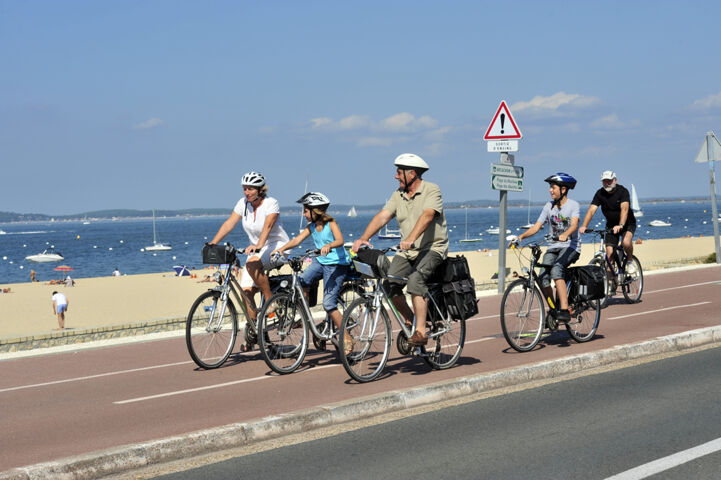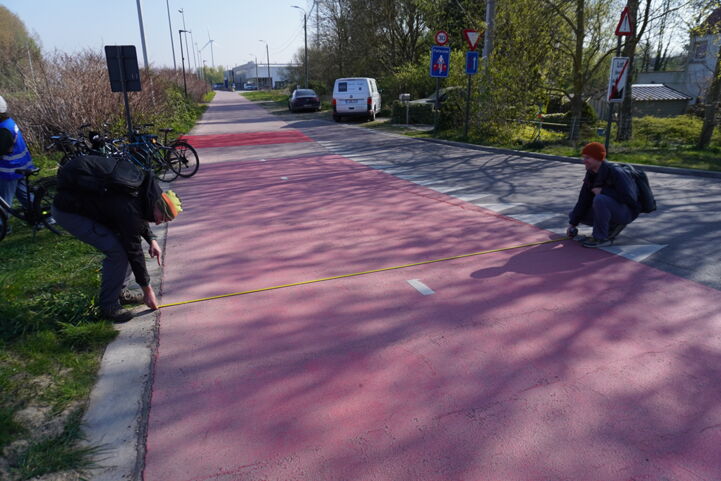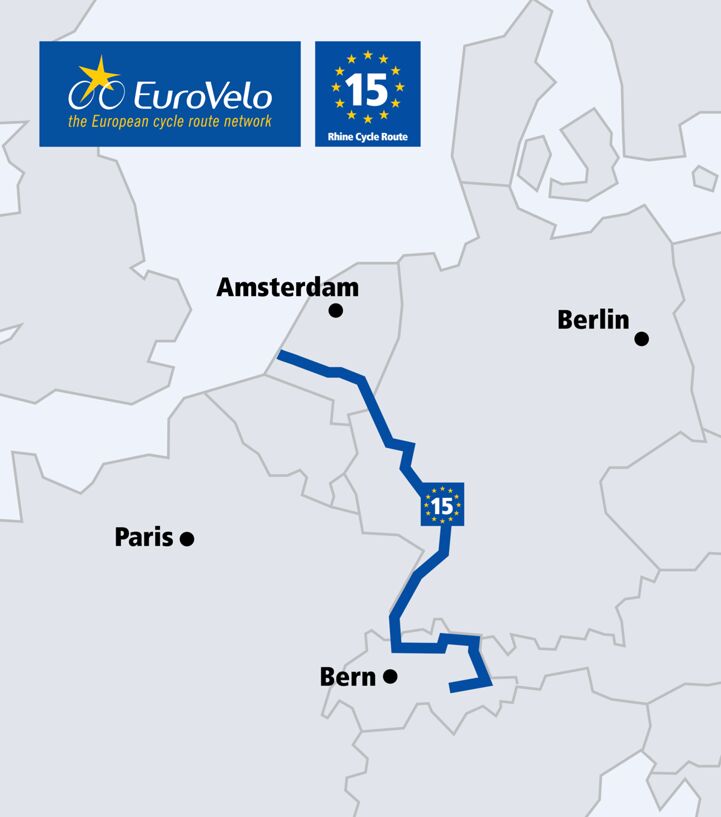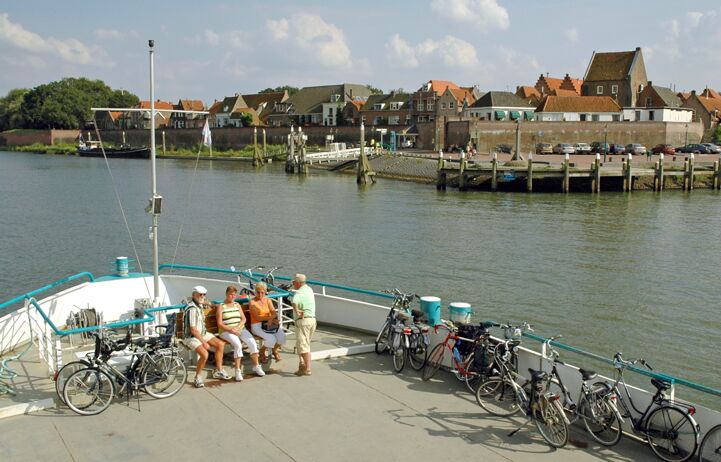What is a Certified EuroVelo route?
A bit of context: EuroVelo – a constant work in progress
The first twelve EuroVelo routes were designed in 1995 and EuroVelo was officially launched in 1997. Since then, it has been a long work in progress: most of the 17 routes are now developed and 67% of the 92,000+ km network is ready to cycle. As the European Cyclists’ Federation (ECF), we coordinate, oversee, monitor, and quantify all this, together with national partners.
EuroVelo is not a fully developed and safe cycle route network (yet!) and its routes have various levels of development. To make cyclists aware of the type of route they are going to encounter, the EuroVelo map legend classifies the status of route development in four categories including “Certified”.

What is the EuroVelo Certification?
More than ten years ago, ECF created the European Certification Standard (ECS), a methodology to assess the quality of cycle routes as well as to certify EuroVelo routes.
Let’s get a bit more technical. The methodology defines a series of criteria for three user groups: regular cyclists, occasional cyclists, and cyclists with more demanding needs, such as those with special cycles or families. Essentially, more demanding needs mean more demanding criteria.
For example, the essential criteria are less demanding as we consider the needs of regular cyclists who are assumed to be fit, able to occasionally carry their bike up stairs, rely less on signposts and are fine with camping options.
The additional criteria are the strictest as we consider cyclists with more demanding needs, because they may ride a road bicycle, a tricycle or carry a trailer. Therefore, there is much less tolerance towards missing signs, narrow chicanes (less than 1,3m), very steep inclines (more than 6%), or varying surface quality.
Certified EuroVelo routes must meet the essential criteria along the entire route (meeting the needs of regular cyclists) and the important criteria along 70% of the itinerary (meeting the needs of occasional cyclists).

How does a EuroVelo route become Certified?
Authorities responsible for a section of minimum 300 km of EuroVelo routes can apply for the EuroVelo Certification. This is a multi-step process that requires a field survey using the ECS methodology and conducted by qualified EuroVelo Route Inspectors. The field work is done in parallel with desktop research to gather extra proof that the route offers adequate accommodation, services and promotional materials.
Thanks to the evaluation report, the authorities can take actions to solve issues and submit an application for EuroVelo Certification to ECF. If successful, the route or route section is awarded the status of Certified EuroVelo route for five years. After this time, the route can keep its status with a recertification, to prove that the route has kept the same level of quality.

Which EuroVelo routes are certified?
EuroVelo 15 – Rhine Cycle Route was the first Certified EuroVelo route in 2015 and was recertified in 2019 from Breil/Brigels, Switzerland, to Gorichem, the Netherlands. The second recertification is currently underway. As EuroVelo 15 sometimes covers both banks of the river Rhine, you can have a look at the interactive map to spot which bank is certified.

In October 2024, the French section of EuroVelo 1 – Atlantic Coast Route, also known as La Vélodyssée, received the EuroVelo Certification. The 1,300km section of the route are ideal for regular cyclists, and 87% of the route can be recommended to occasional cyclists. Moreover, additional large sections are great for any cyclist, including families and users of special cycles. Many local actors worked together to achieve such high standards and guarantee an amazing cycling experience for everybody.
Why you should pick a Certified EuroVelo route?
A Certified EuroVelo route is the highest level of quality across the network, proven with a thorough assessment.
This label basically guarantees that the certified cycle routes are well developed, continuous and safe, with limited traffic and regular EuroVelo signs making it easy to navigate.
This also means you will benefit from high-quality services tailored to cyclists’ needs, including regular bike repair workshops, a range of accommodation and dining options, and multiple access points to the route via public transport with bike-friendly carriage options.

Least but not last, you can look forward to stunning landscapes along the way and a wide variety of attractions to explore, all easily accessible thanks to clear and well-structured information.
So, do not hesitate further and plan your next trip along a Certified EuroVelo route, ensuring a safe and pleasant route, perfect for all cycling enthusiasts, whether beginners or experts!
Author: Alexandra Fournier, with kind contributions from Jessica Casagrande and Mark Sheridan